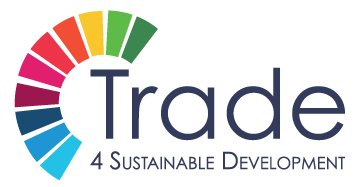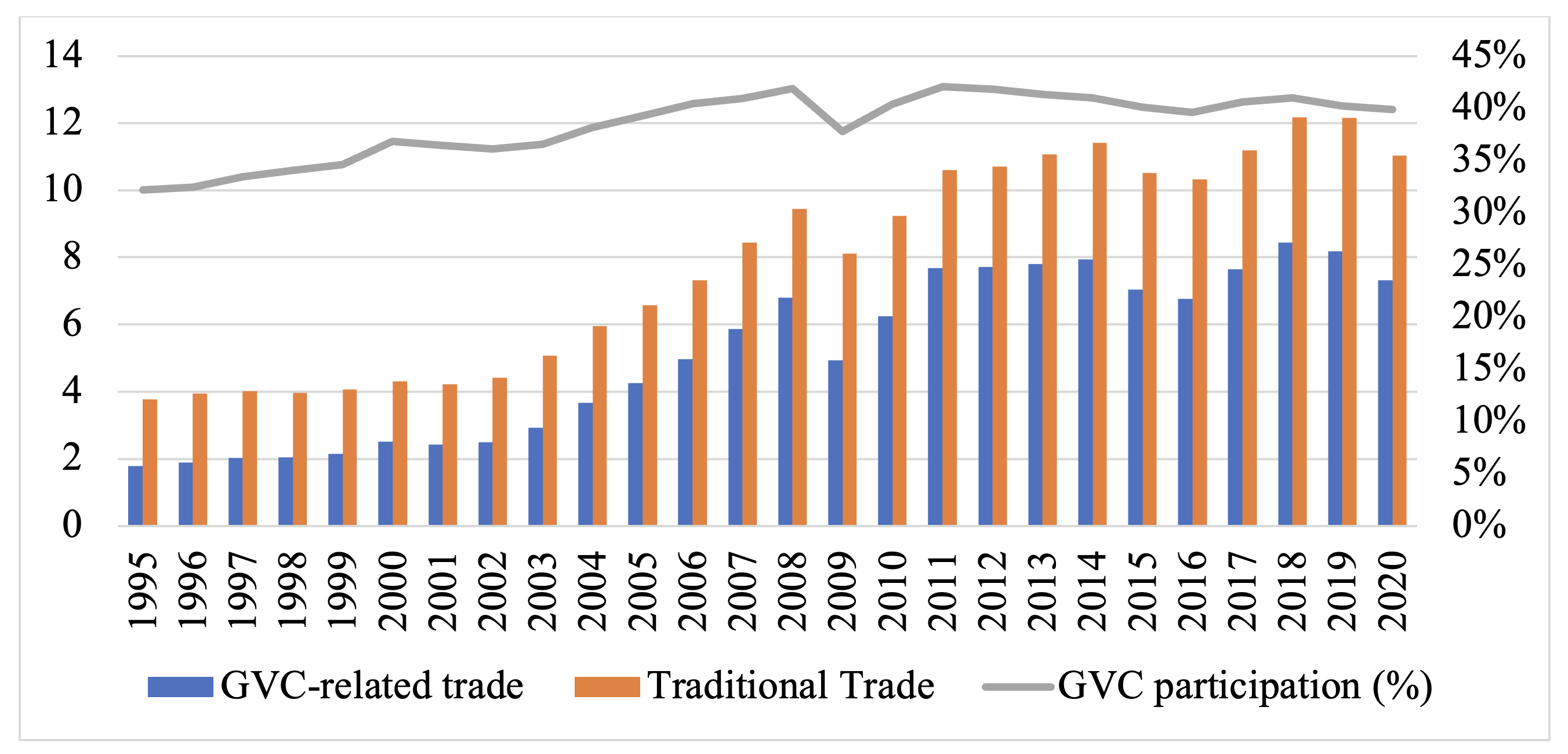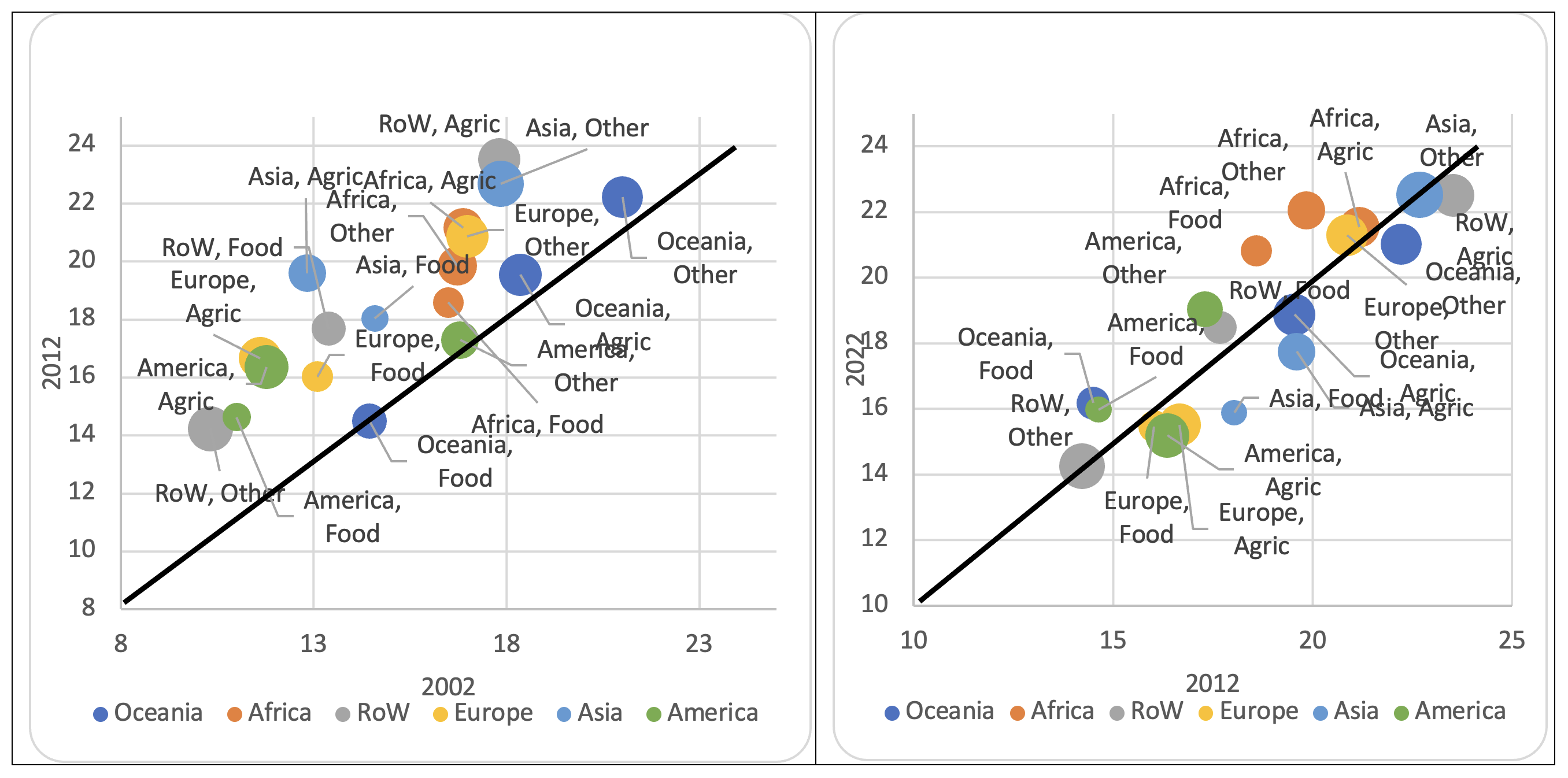Attila Jambor, Jeremias Balogh, Sandor Kovacs, Zalan Maro, Aron Torok
Over the past half a century, global value chains (GVCs) have emerged as the central model of production. Due to advanced and globalised information and transport technologies, production has been unbundled into different stages and tasks in different countries. The value added of trade in intermediate goods has doubled globally since the 1980s and the growth of world trade was expanding twice as fast as between 1995 and 2010 due to multinational enterprises (MNEs) functioning as networks and undertaking different stages of production. Participation in GVCs enables countries to focus on their comparative advantages, thereby maximising efficiency at all stages of production. All this has important macroeconomic implications, also for policymakers.
However, it appears that after 2008 and the consequent economic and financial crises, the world has entered into an era of “slowbalisation”, implying the slowing down of globalisation, also affecting GVCs. GVCs recently have become more regional with shortened distances between different stages of production, thereby reacting to the consequences of the trade disputes, COVID-19 pandemic or the Russian-Ukraine war. GVCs seem to adapt to these recent shocks while trying to remain resilient.
Deliverable 1.4. of the TRADE4SD project aims to describe the complex nature of GVCs in line with the above with a special focus on agri-food value chains. It builds on previous research by applying the network analysis approach, using the inter-country input-output (ICIO) tables. Based on these grounds, after reviewing the theoretical background (Chapter 2), the economic literature (Chapter 3) as well as data and methods (Chapter 4), this deliverable describes recent trends in GVC participation (Chapter 5) and demonstrates the complex structure of agri-food GVCs (Chapter 6) and possible future (Chapter 7) of GVCs.
Our conclusions are as follows:
- Based on the bibliometric review chapter, it seems that the importance of GVC participation is increasing with more authors, papers and citations dealing with the topic. Chinese, Italian and US authors are the most active with increasing number of collaborations among the continents.
- From the recent trend analysis, it turned out that due to consequent economic and financial crises, the world has entered into the era of “slowbalisation”, suggesting that the pace of GVC participation growth has started to decline. This decline was higher for developing and lower for developed countries.
- It seems also evident from our analysis that GVCs have become more regional with shortened distances between different stages of production. Supply chains retain a strong regional component and GVC participation was the highest in Asia and Europe in all years analysed, while it was the lowest in the Americas. Agri-food GVC participation was the highest in 2022 in Africa and the Rest of the World, while it was the lowest in Europe and America.
- On the one hand, forward participation seems to dominate Africa, Latin America and Oceania, suggesting higher domestically produced value added. On the other hand, Asia, Europe and North America, backward participation dominated GVC trade, implying higher shares of foreign value added in gross exports.
- Agri-food sectors are among the most resilient ones to economic shocks and agriculture (raw materials) seems to have experienced the biggest GVC participation growth.
- GVC participation patterns appear to be highly country and product specific, also evident by backward and forward participation. Our network analysis echoes this complexity.
Figure 1. GVC trade and participation, 1995-2020, trillion USD and %
Source: Own composition from WITS (2023) data (based on TIVA).
Figure 2. Global GVC participation rates by region and industry pairs, 2002-2022, percentage
Source: own composition based on Exiobase (2023).




Leave a Reply